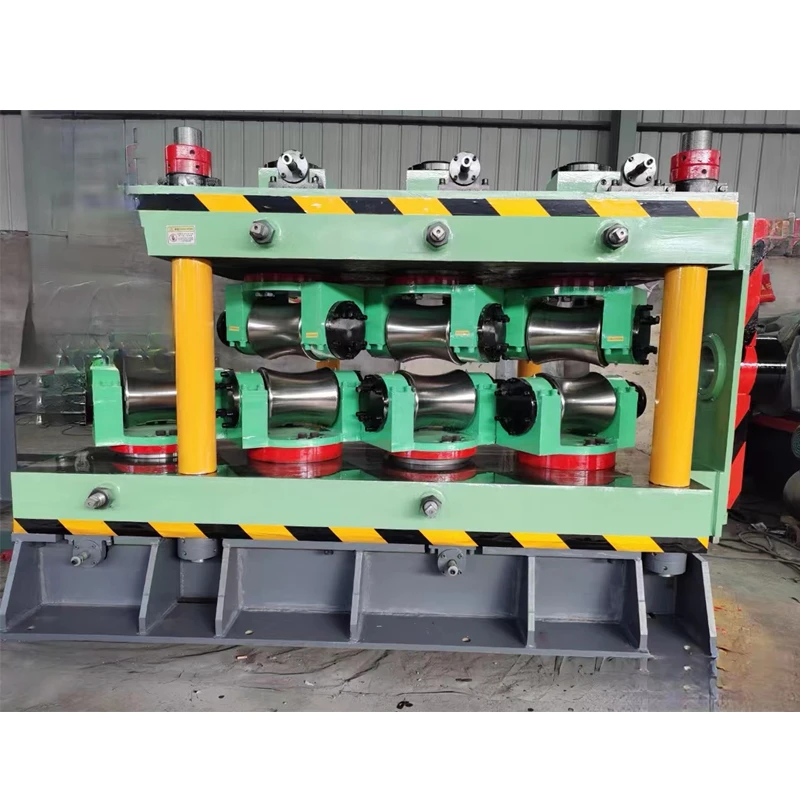machine shear
Understanding Machine Shear Principles and Applications
Machine shear is a fundamental process used in various industries for cutting, shaping, and fabricating materials. It is characterized by the application of shear force to a material, leading to its separation or deformation along a determined path. This process is pivotal in manufacturing and has applications across sectors such as metalworking, woodworking, and plastics.
The Shear Process
At its core, the shear process involves two blades that come together with a controlled force. One blade remains stationary while the other moves downwards, effectively 'shearing' the material placed between them. The efficiency of this process relies heavily on the sharpness of the blades, the material properties of what is being cut, and the gap between the blades.
For materials to be sheared effectively, they should possess certain characteristics. Ductile materials, such as mild steel, undergo plastic deformation when sheared. However, brittle materials may shatter or fracture instead of cutting cleanly. Understanding the behaviors of various materials under shear forces is crucial for selecting the right equipment and process parameters.
Types of Shearing Machines
Shearing machines come in various forms, each suited for specific applications. The most common types include
1. Mechanical Shears These machines use a mechanical drive system to move the upper blade downwards. They are preferred for high-volume production due to their speed and efficiency.
2. Hydraulic Shears Utilizing hydraulic power, these shears offer more control over the cutting force and are suited for thicker materials. They provide more power and can be adjusted for cutting different material thicknesses.
3. CNC Shears Computer Numerical Control (CNC) shears allow for precise cutting along complex patterns. They are programmable and can handle intricate designs, making them ideal for custom fabrication.
machine shear

4. Rotary Shears These employ rotating cutting blades and are commonly used in the processing of sheet metal in continuous production lines.
Each shearing machine has its advantages and ideal use-cases, influencing the implementation of shearing technology in manufacturing processes
.Applications of Shearing
Machine shear finds its application in a wide array of industries. In metalworking, it is widely used to cut sheets and plates into desired sizes. Automotive manufacturers rely on precise metal cutting to create components, affecting the overall product quality and performance. In woodworking, shearing machines help create intricate designs by cutting lumber into specific shapes and sizes.
The food processing industry also utilizes shearing methods, especially in the preparation of ingredients where uniformity of size is critical. Additionally, the textiles industry employs shearing for the cutting of fabrics, ensuring clean edges and efficient handling.
Advantages of Machine Shear
The advantages of machine shear are multifaceted. Firstly, it is a quick and efficient method of cutting materials, often providing precise results without requiring extensive manual labor. Secondly, when dealing with high-volume production, shearing machinery can increase productivity and reduce waste. Finally, with advancements in technology, the accuracy and capabilities of shearing machines continue to improve, allowing for intricate designs that were previously challenging or impossible to achieve.
Conclusion
In conclusion, machine shear is an essential process in modern manufacturing, with broad implications for various industries. Understanding the principles of shear, the types of machines available, and their applications is crucial for maximizing production efficiency and product quality. As technology evolves, the capabilities of shearing machines will expand, further enhancing their roles in manufacturing environments. The future holds exciting possibilities for innovations in machine shear, paving the way for greater efficiency and creativity in material processing.
-
High Frequency Straight Seam Welded Pipe Production Line-BzZhou Xinghua Machinery Equipment Manufacturing Co., LTD.|line pipe steel&welded gas pipeNewsJul.30,2025
-
High Frequency Straight Seam Welded Pipe Production Line-BzZhou Xinghua Machinery Equipment Manufacturing Co., LTD.|High Precision&Automated SolutionsNewsJul.30,2025
-
High Frequency Straight Seam Welded Pipe Production Line - BzZhou Xinghua Machinery Equipment Manufacturing Co., Ltd.NewsJul.30,2025
-
High Frequency Straight Seam Welded Pipe Production Line-BzZhou Xinghua Machinery Equipment Manufacturing Co., LTD.|Precision Welding, High EfficiencyNewsJul.30,2025
-
High Frequency Straight Seam Welded Pipe Production Line|BzZhou Xinghua|Precision Welding&EfficiencyNewsJul.30,2025
-
High Frequency Straight Seam Welded Pipe Production Line - BzZhou Xinghua|Precision Engineering&EfficiencyNewsJul.30,2025


